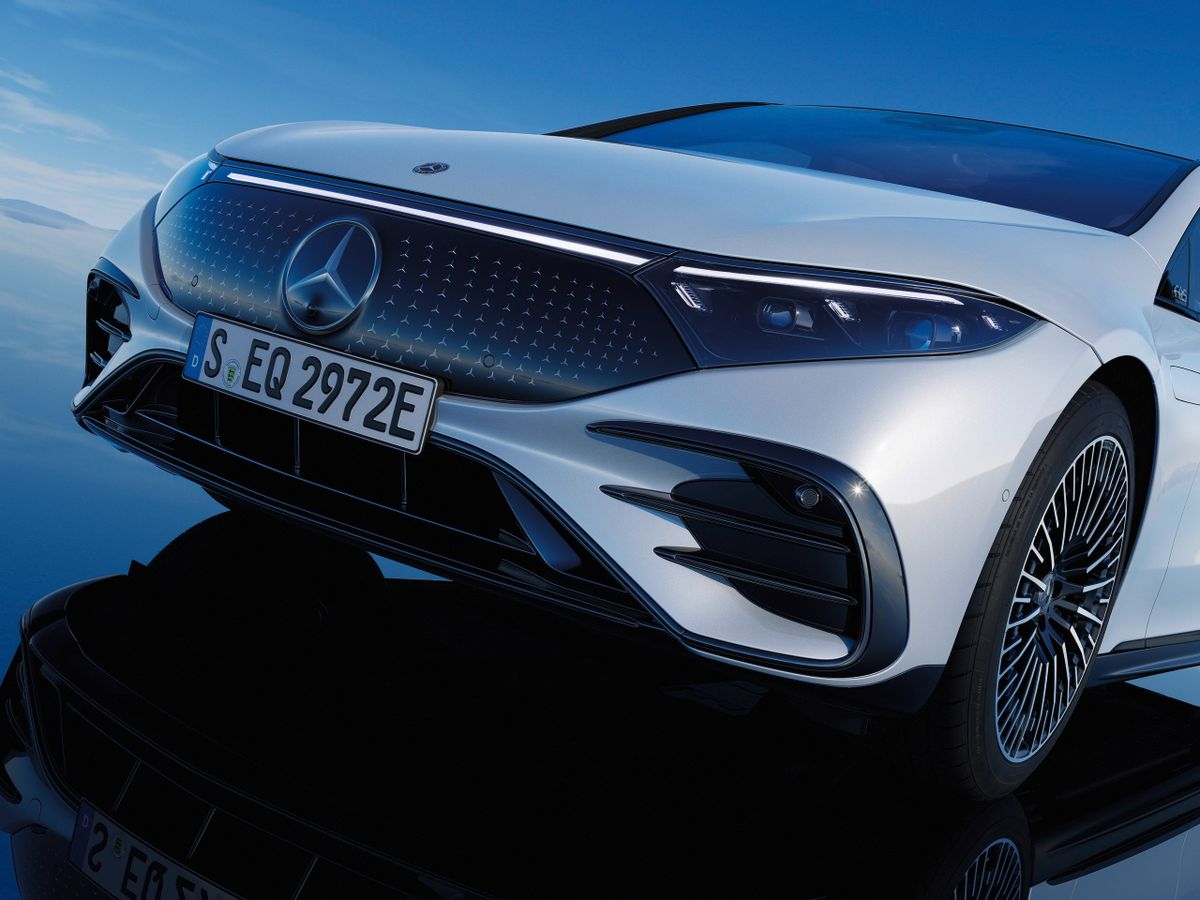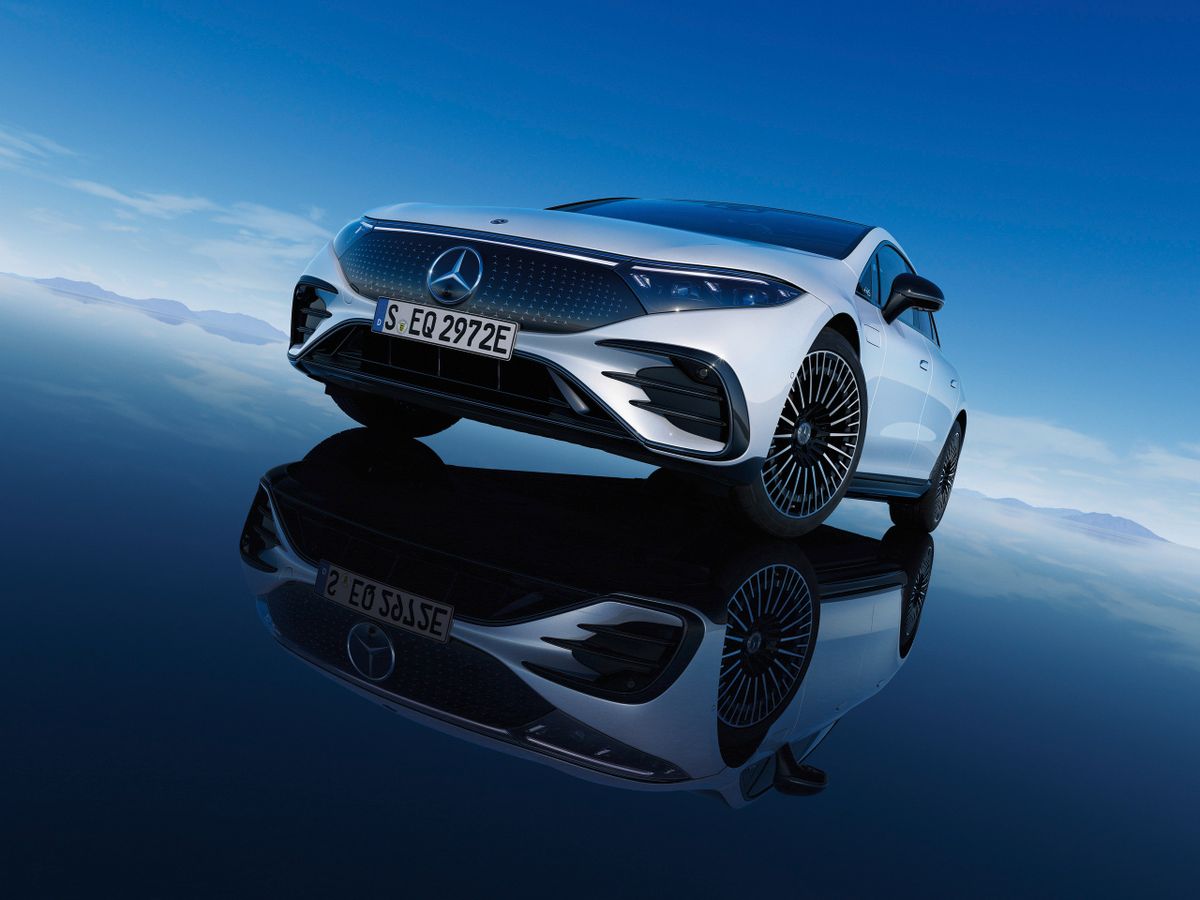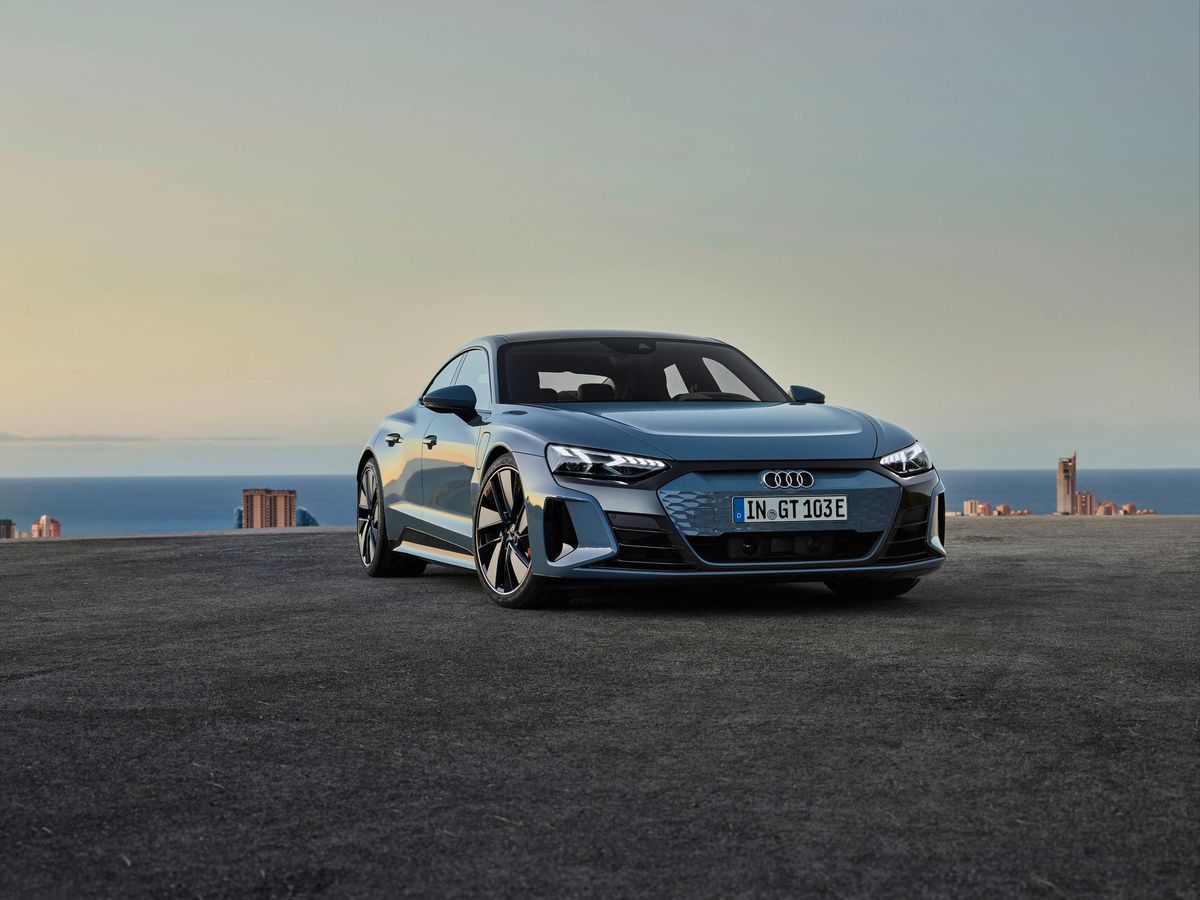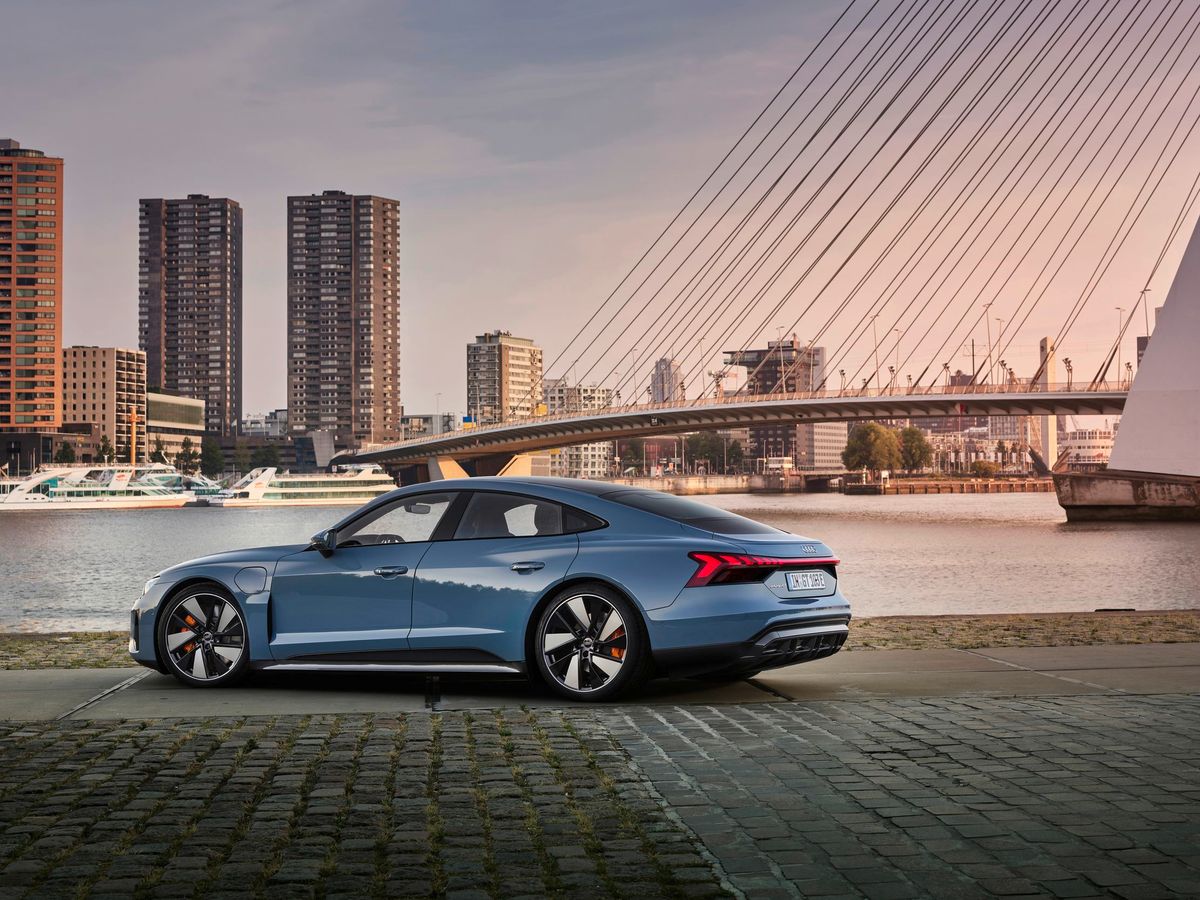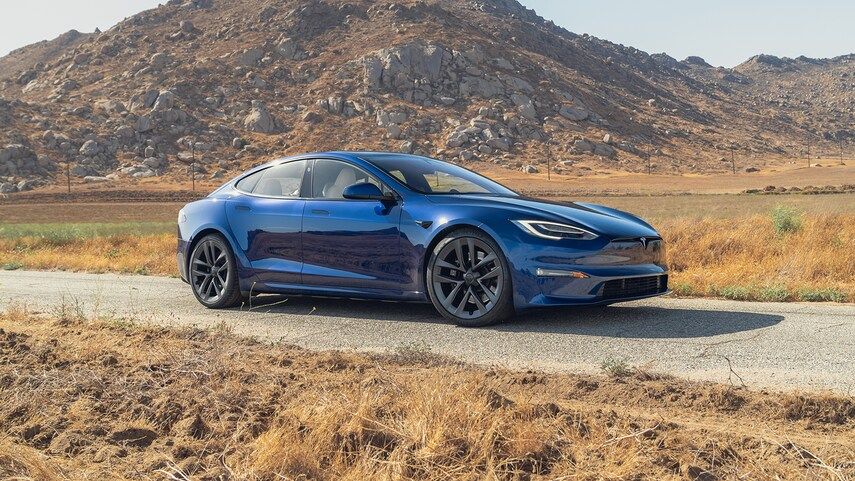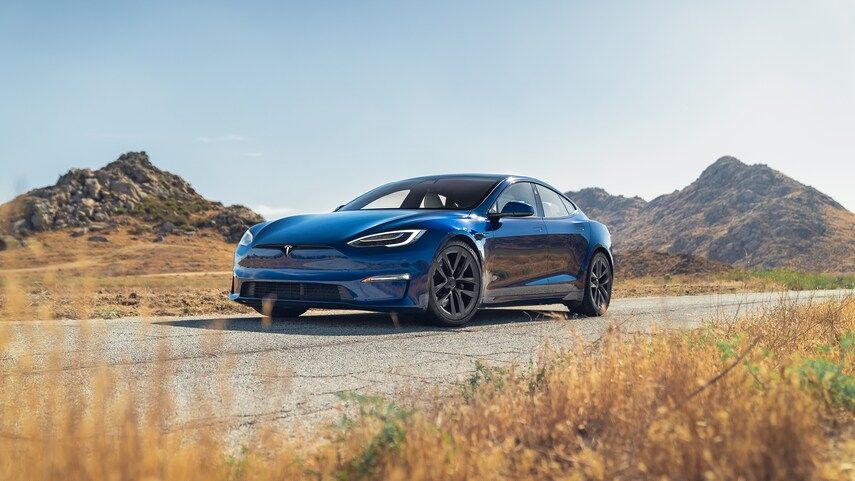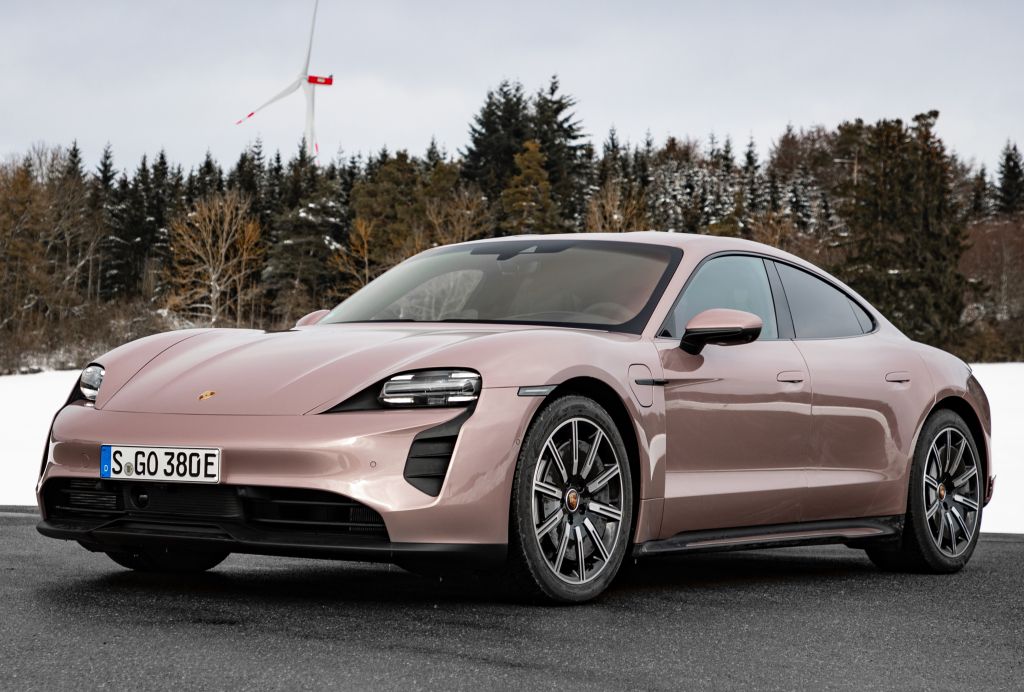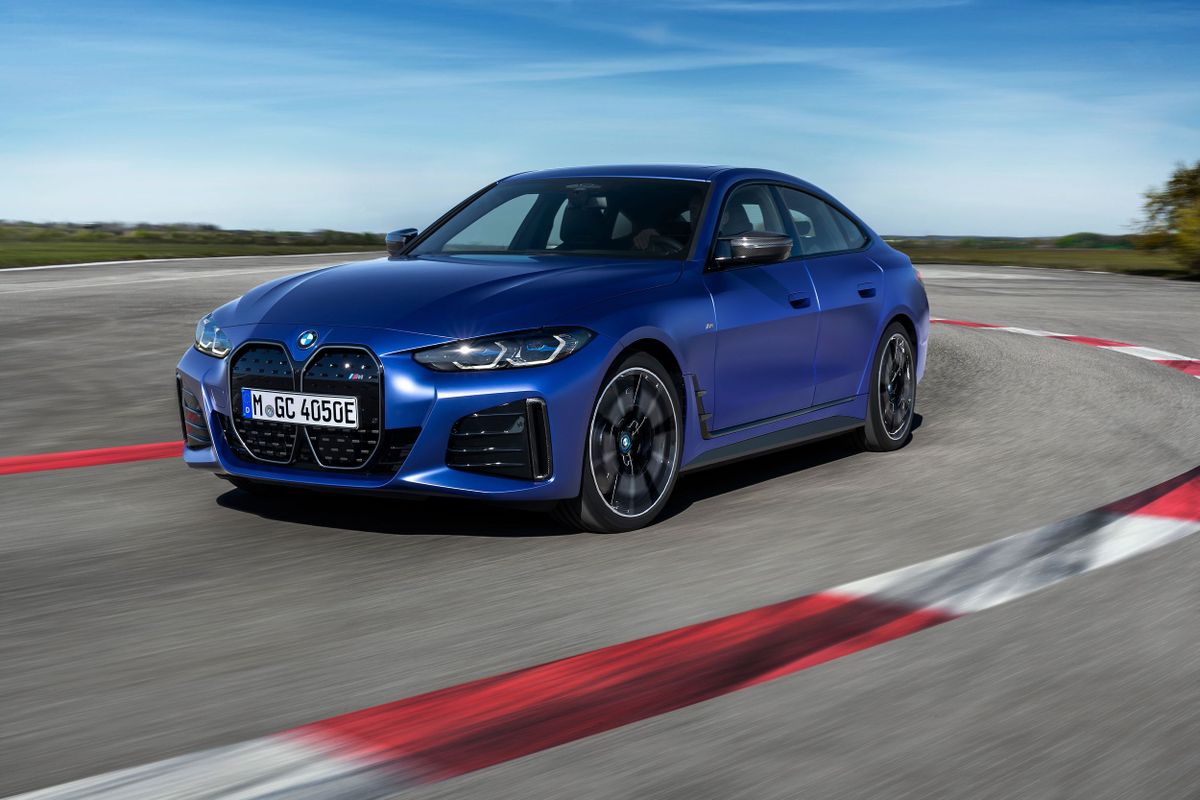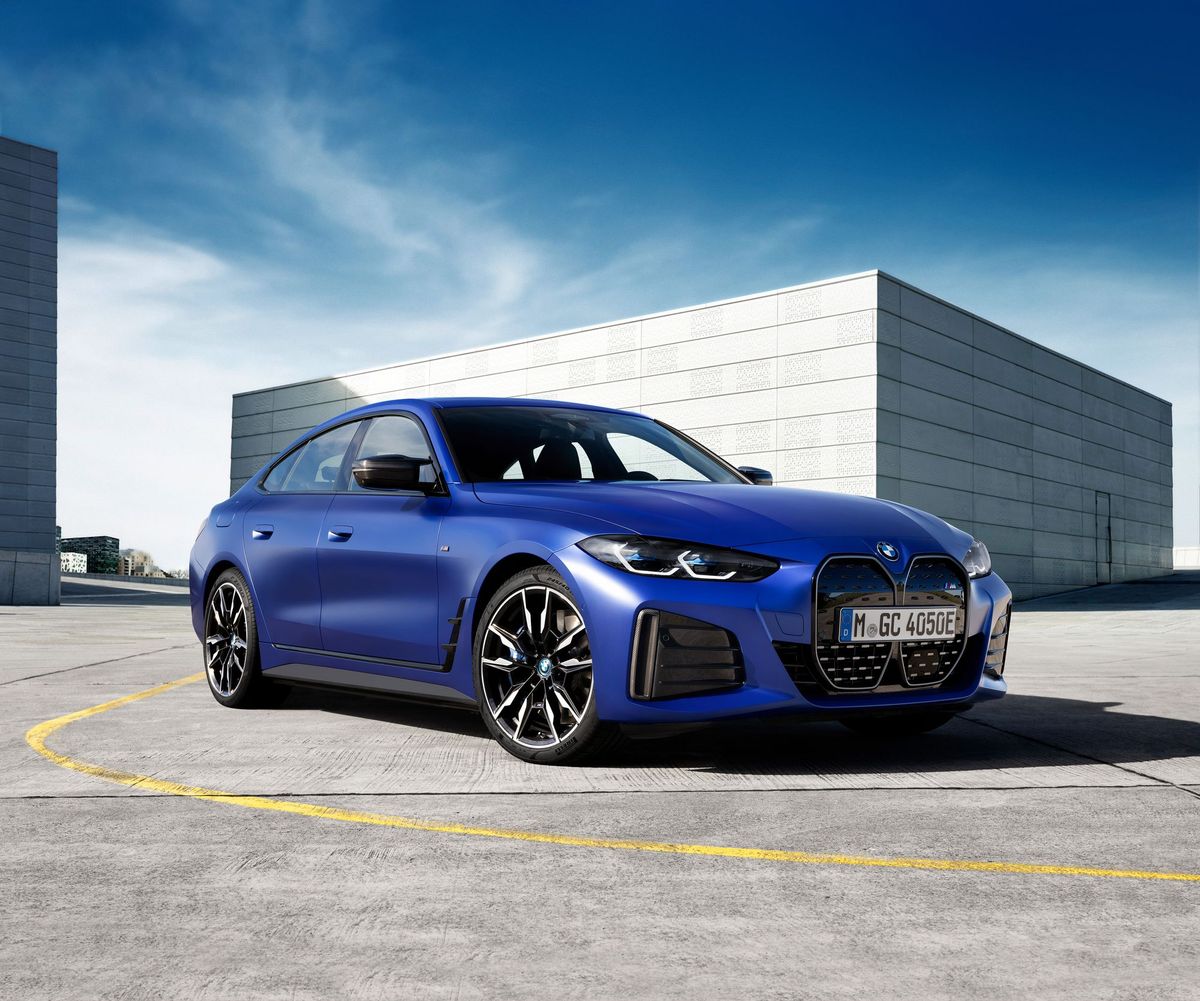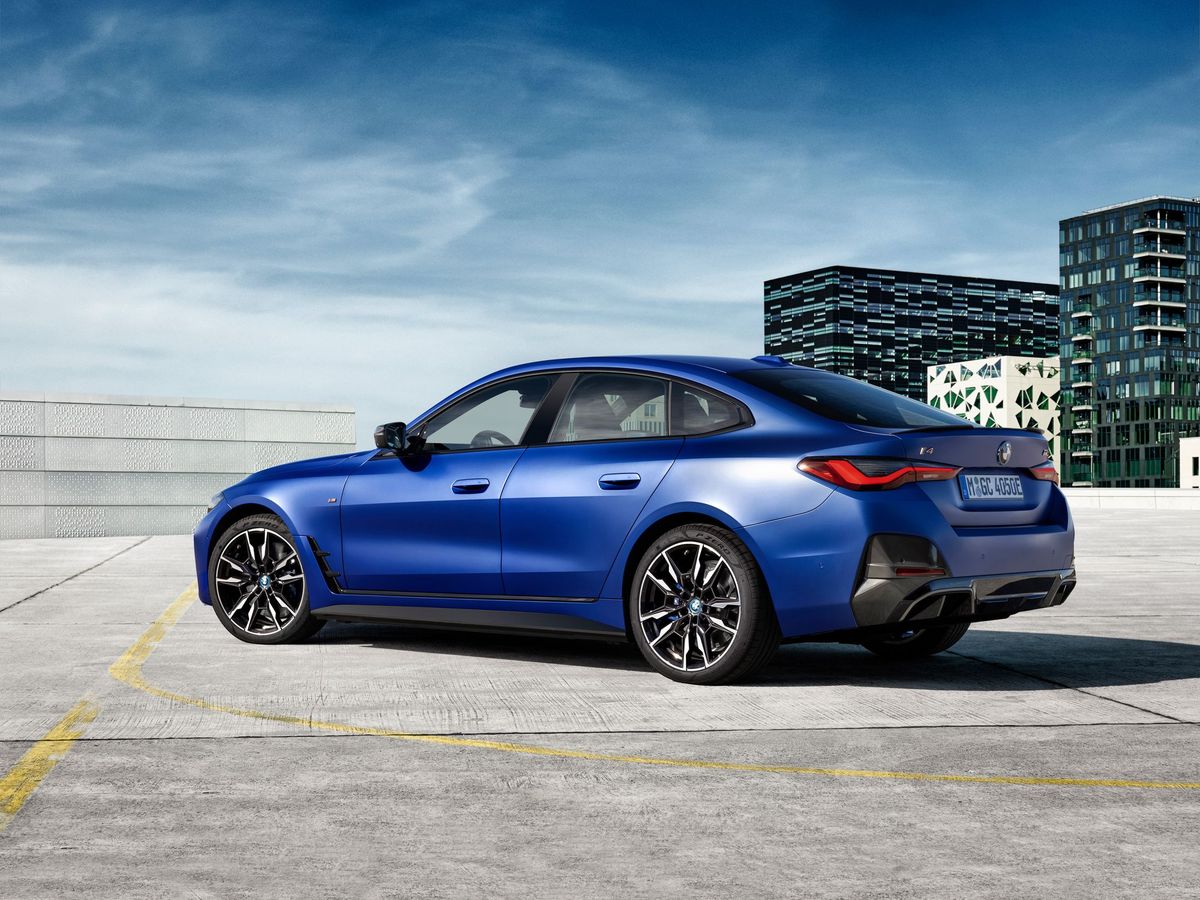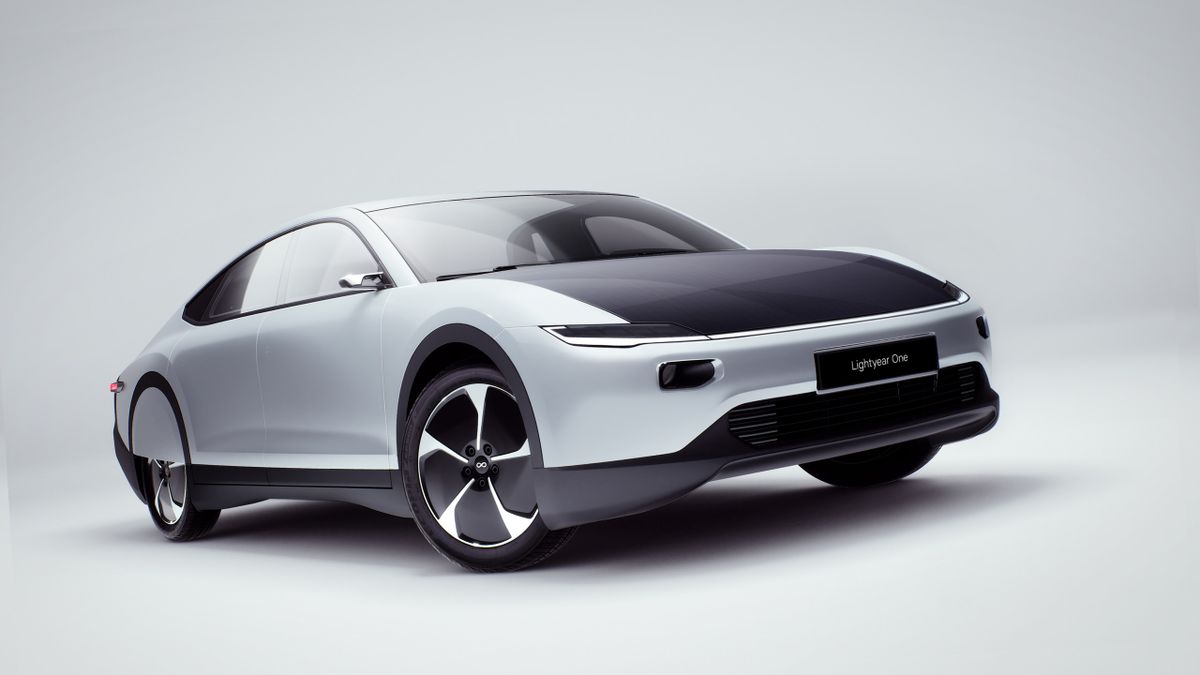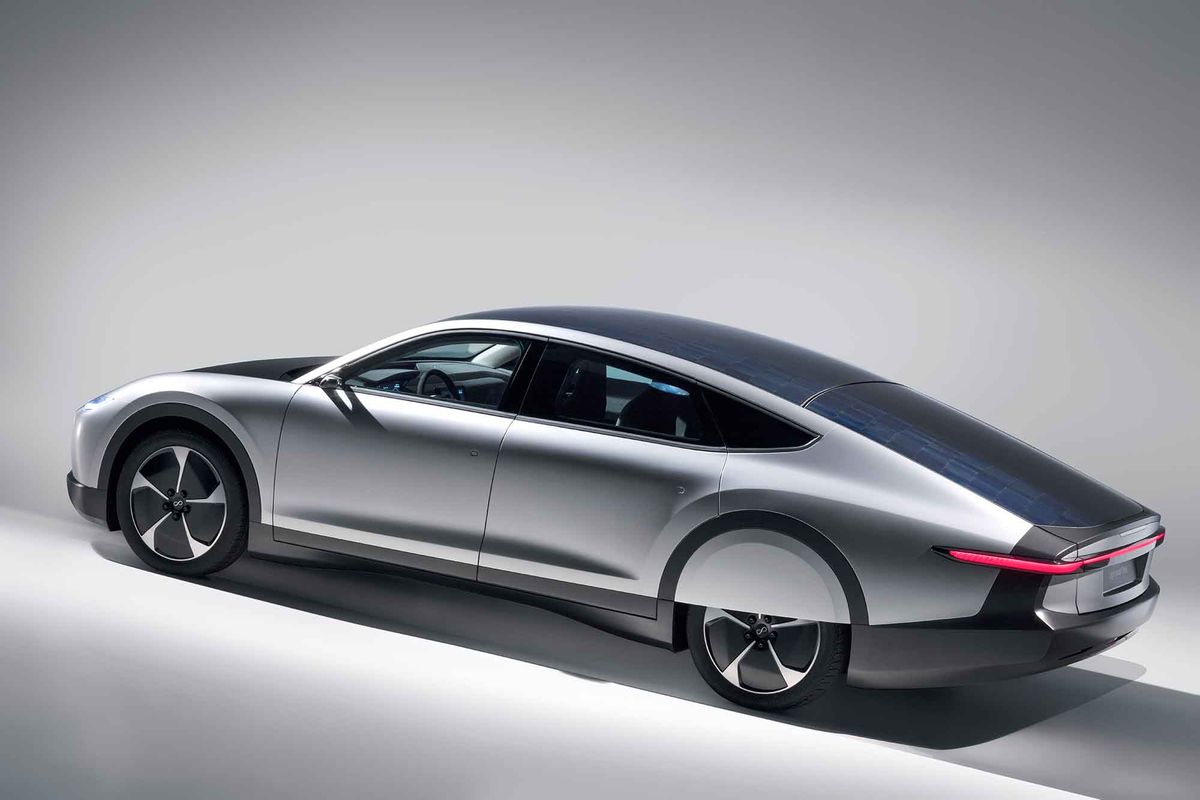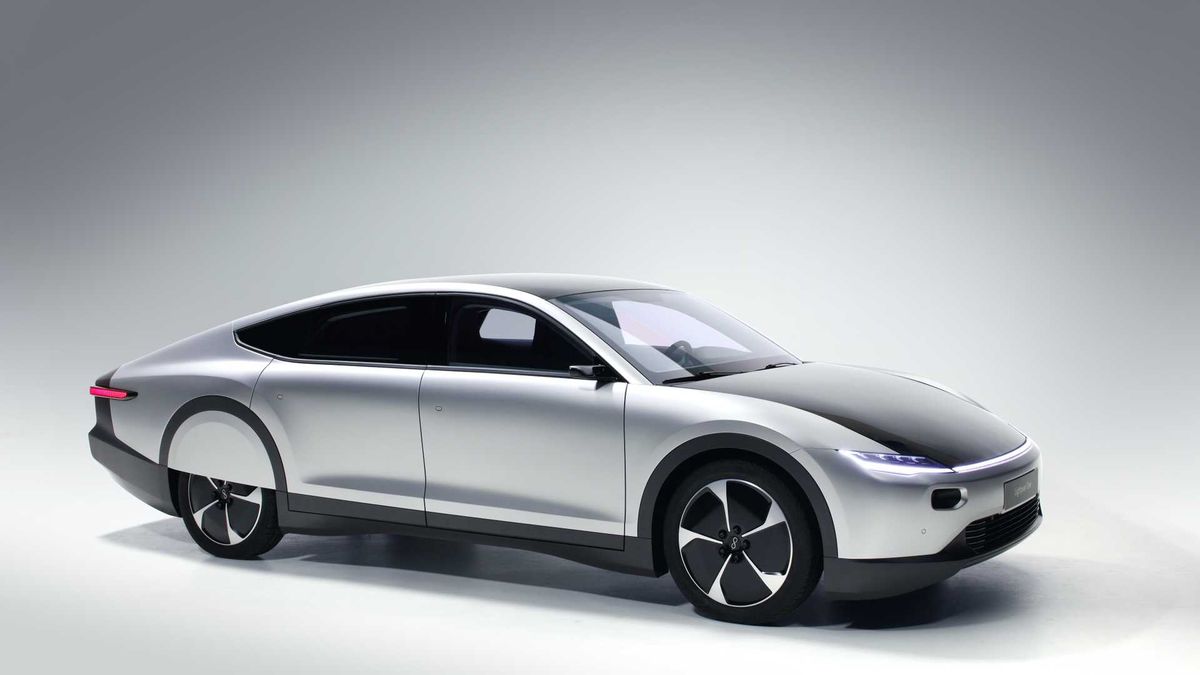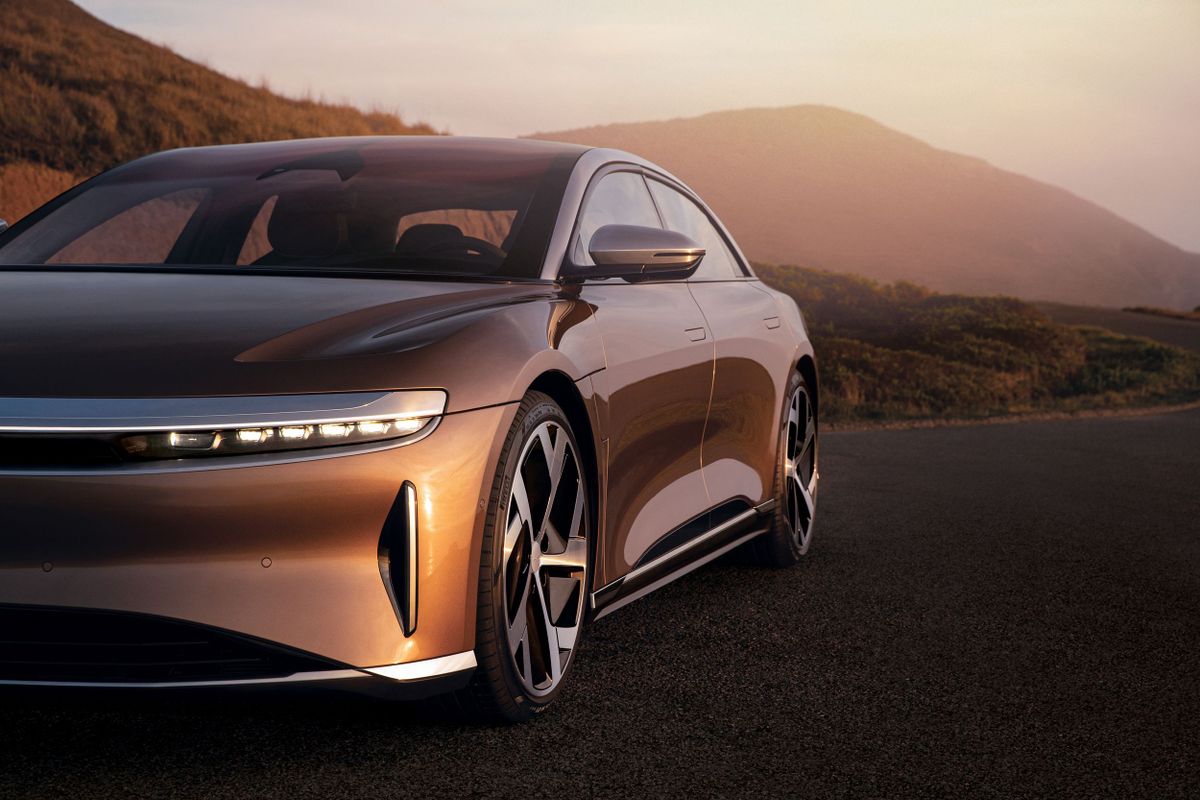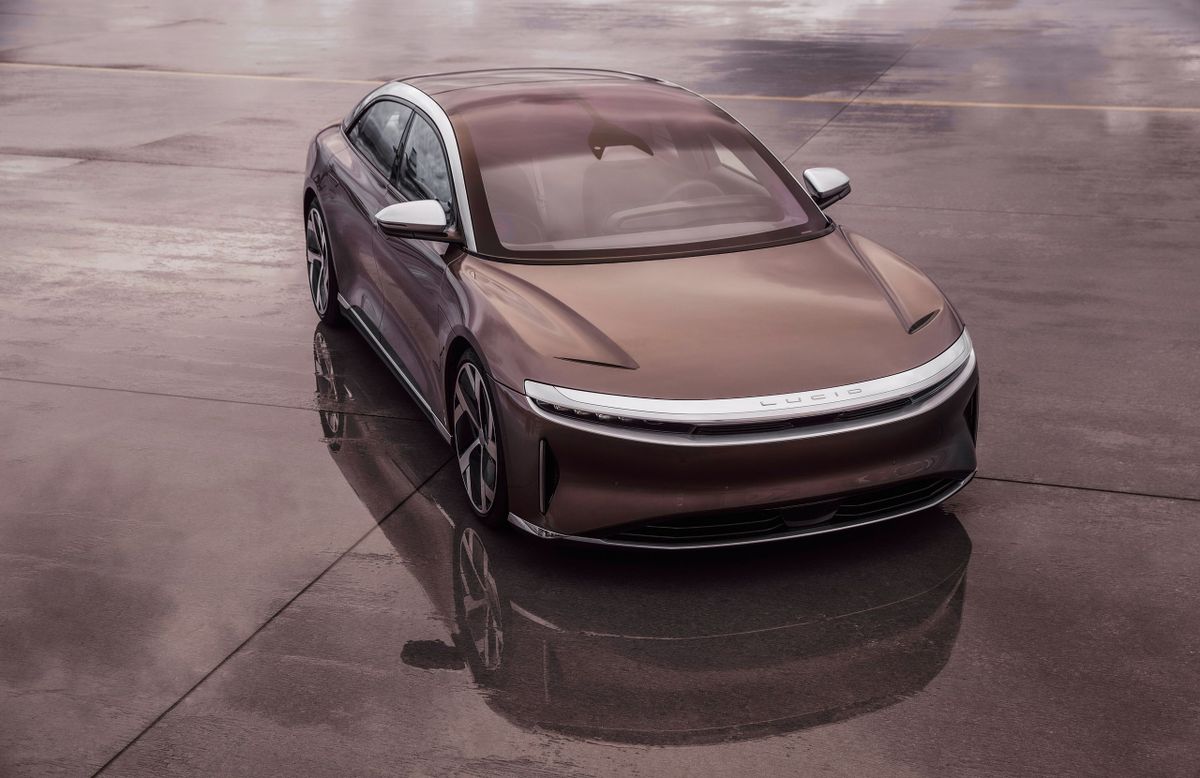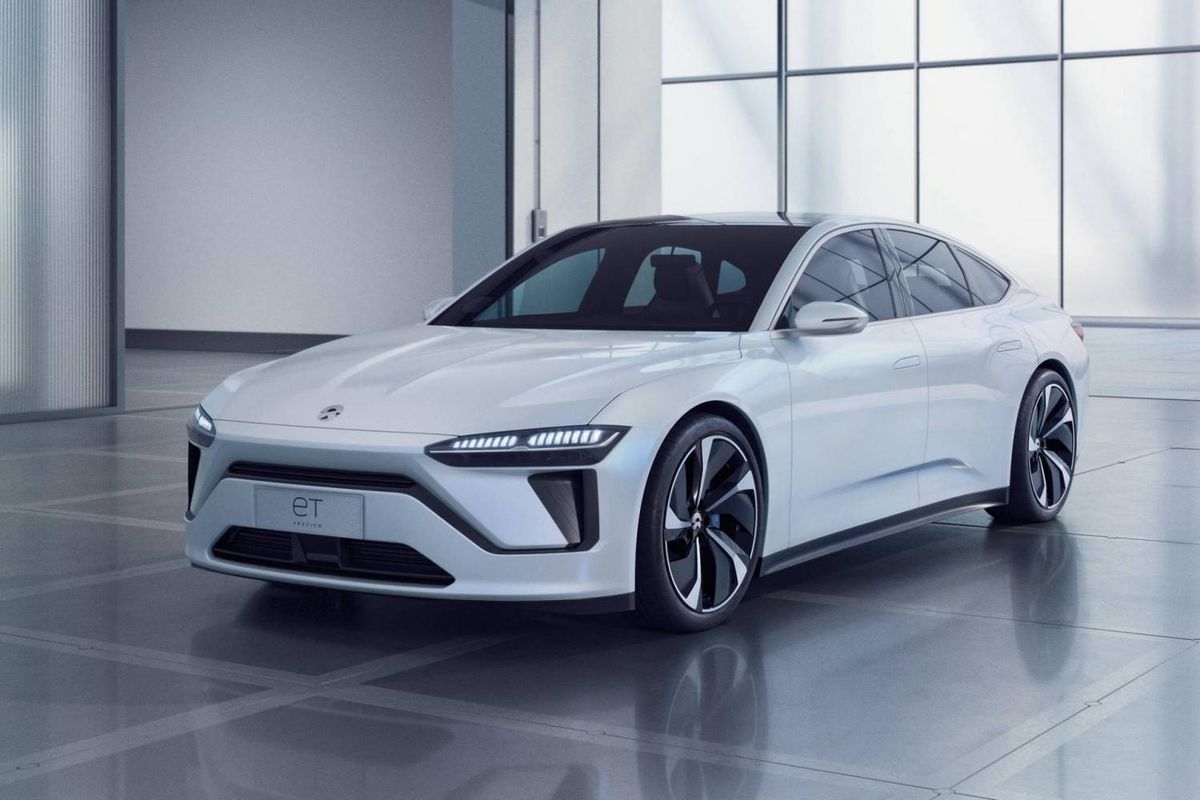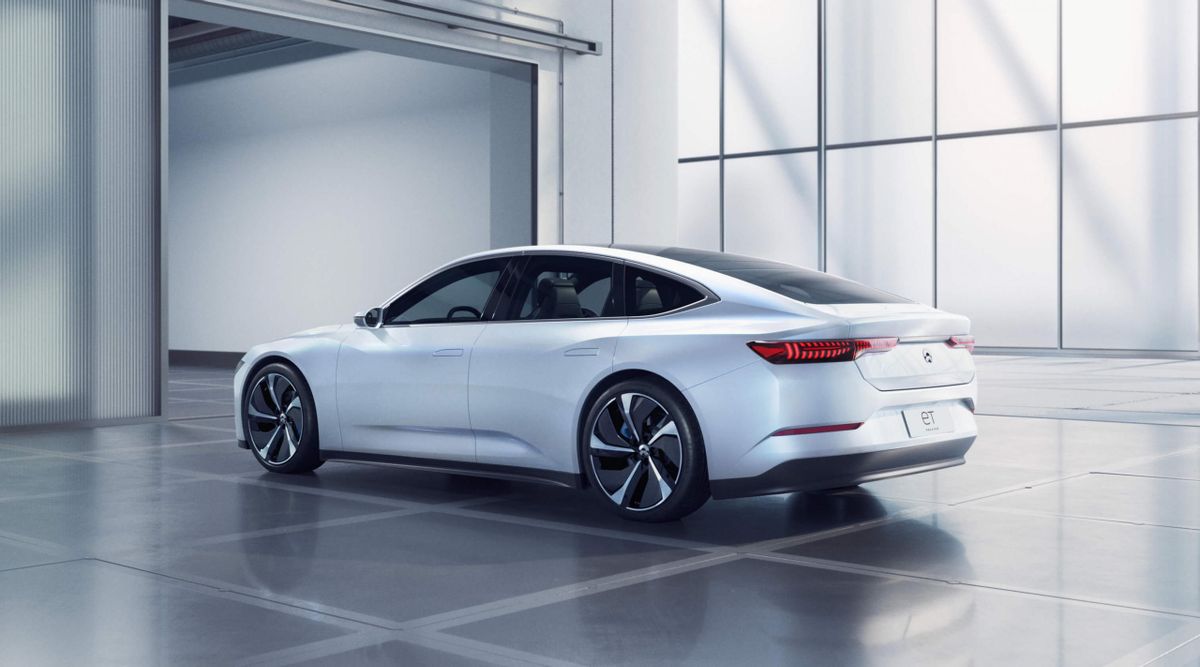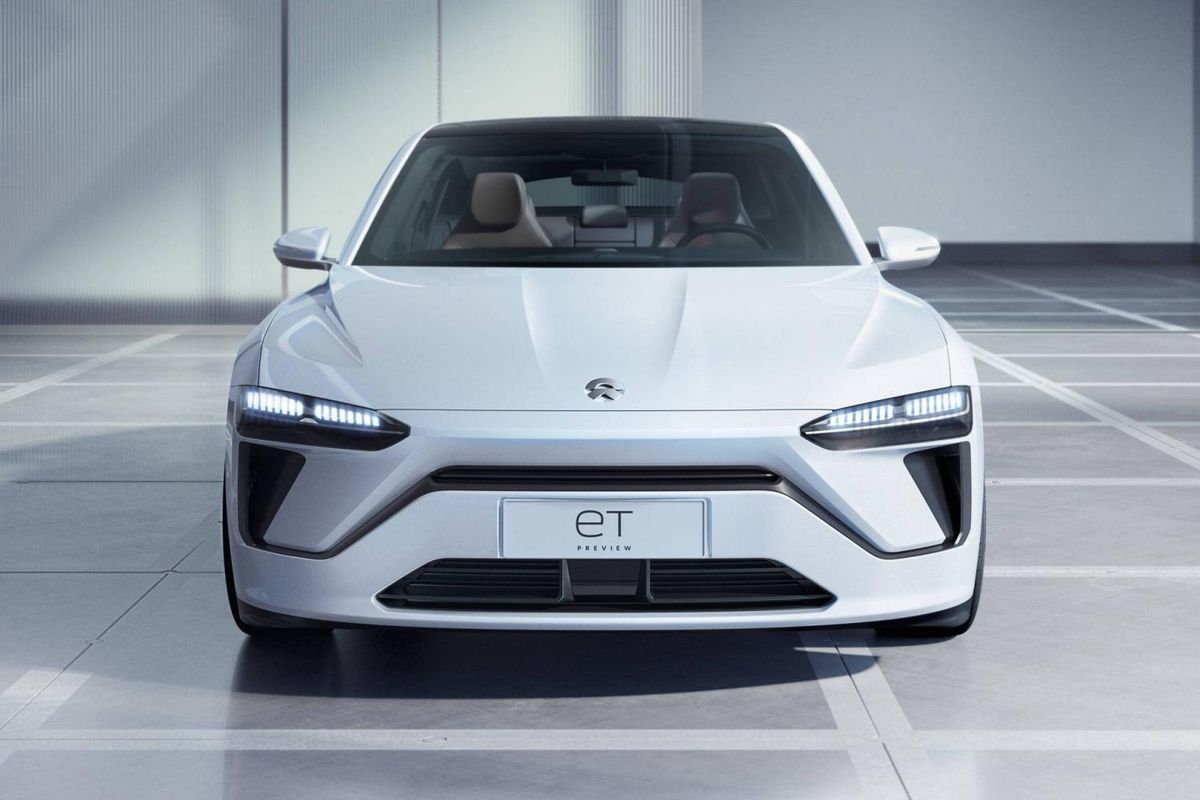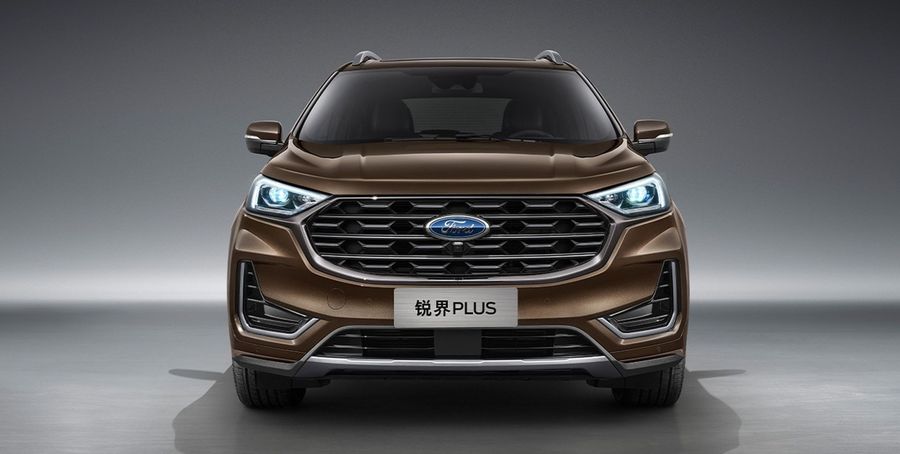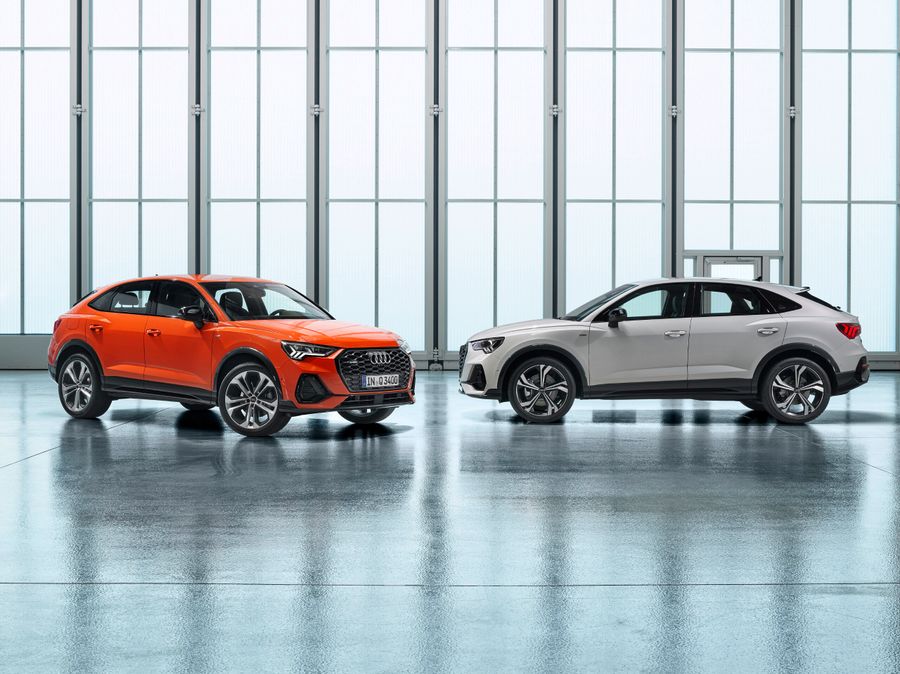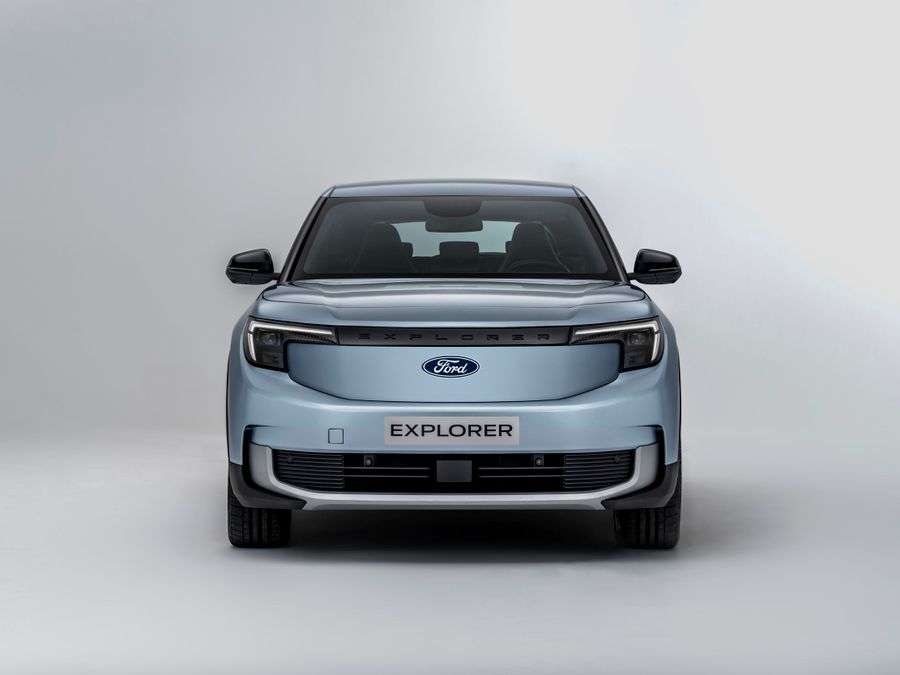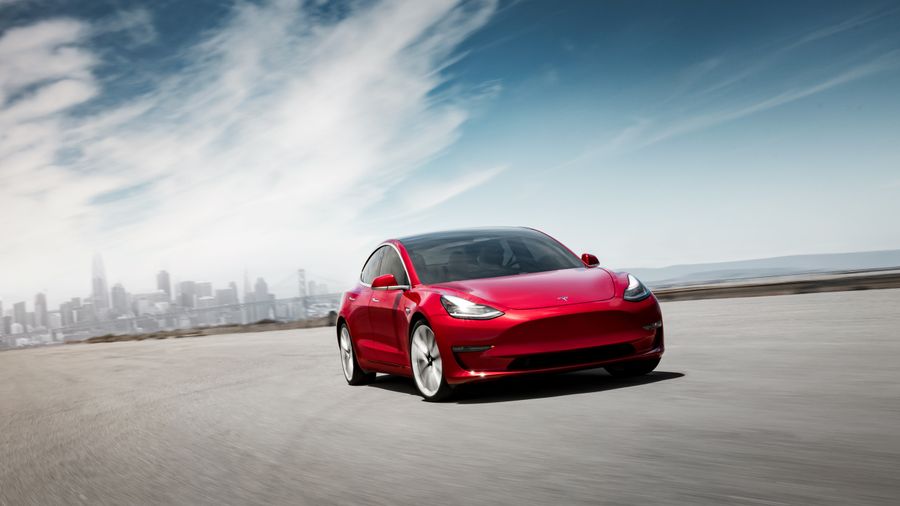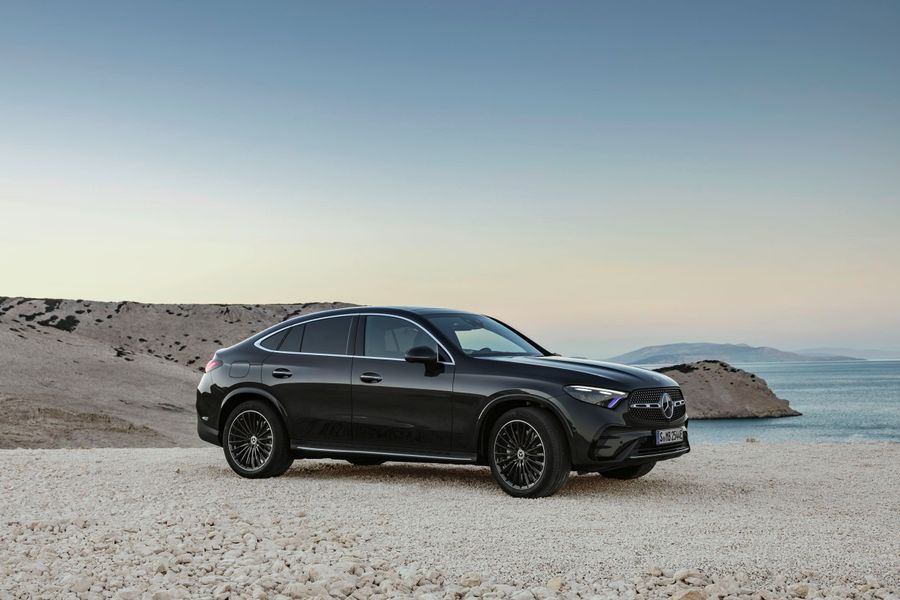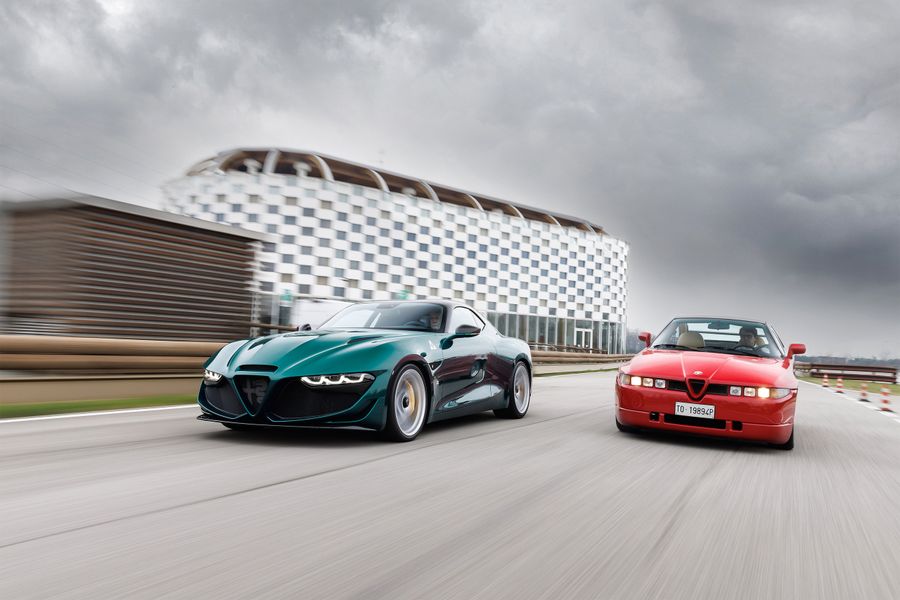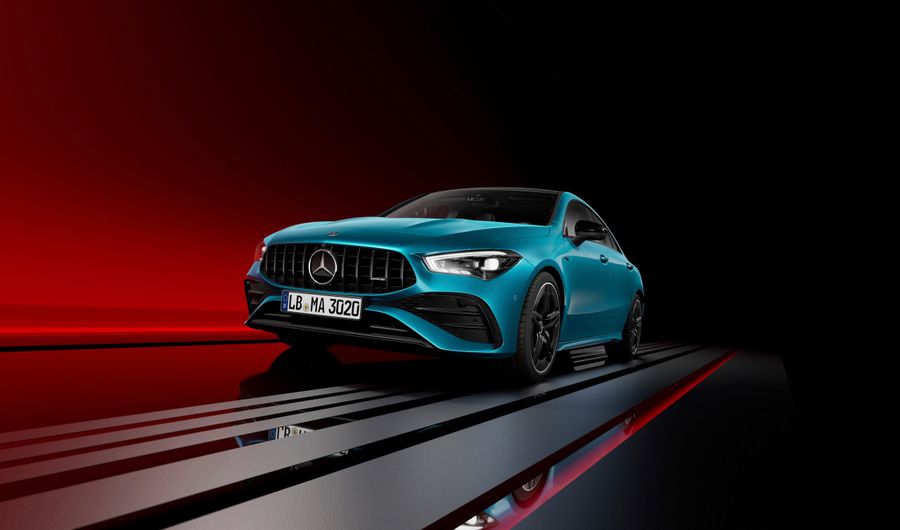
Battle of batteries
After the premiere of the new Mercedes EQS, held on April 15, 2021, we’d like to figure out who can actually compete with the luxury electric liftback, which, in our opinion, is the most advanced Mercedes in the history of the company. The new reality is forcing all the leading world manufacturers to look for ways to produce environmentally friendly cars. And on this field, a serious battle is already flaring up, in which Tesla can surrender its positions. The flagship of Mercedes' electric range, the EQS, comprises all the latest technologies from the brand. It is the world’s first luxury car built on an electric modular platform, has the lowest aerodynamic drag coefficient among production models, has a drive range of 700 kilometers and accelerates to 100 km/h in a little over four seconds. What other cool electric cars with a similar body type are there? Which car will compete with it? Let’s figure it out and vote for the winner.
Mercedes-Benz EQS
The luxury liftback, built on a new platform, is still offered in two modifications: 450+ and 580. The first version is equipped with a 333 hp engine, a 108-kilowatt-hour battery and a rear-wheel drive, the declared drive range (according to various sources) is from 680 to 769 km. This version accelerates to 100 km/h in 6.2 seconds, while the maximum speed is 210 km/h. The top-end EQS 580 has a total output of 524 hp and is equipped with all-wheel drive. It accelerates to 100 km/h in 4.3 seconds. It can travel about 620 kilometers without recharging. The fast charging station can provide the car with a drive range of 300 kilometers in 15 minutes.
Audi e-tron GT
In February 2021 (that is, before Mercedes unveiled its EQS), a new electric model, the e-tron GT, from Audi came out. It is not only the brand’s first production electric sedan, but also the first Audi electric car produced in Germany, and the first environmentally-friendly car with the RS version. Like the Mercedes, it is offered in two versions: the entry-level e-tron GT quattro and the advanced RS e-tron GT. Regardless of the modification, the e-tron GT is equipped with a twin-engine unit, an all-wheel drive system and a 93 kilowatt-hour battery. The standard e-tron GT is equipped with a 238 hp electric motor at the front and a 435 hp engine at the rear. Acceleration from 0 to 100 km/h occurs in 4.1 seconds. The maximum speed is limited to 245 km/h. The drive range is 487 km. The RS e-tron GT is equipped with a front electric motor with 238 hp (the same as in the initial version), and the rear engine produces 456 hp. The car is capable of accelerating to the first 100 km in 3.3 seconds, while its maximum speed is 250 km/h. It can travel about 472 km without recharging. It takes approximately 25 minutes to fully “fuel” this car at the fast charging stations.
Tesla Model S Plaid
It is impossible to gloss over Tesla when discussing electric cars. The top-end Model S Plaid will likely compete with the EQS. The liftback is equipped with three electric motors with a total capacity of 1,034 or 1,115 hp (in the Plaid+ version). It accelerates from zero to 60 mph (97 km/h) in just 1.99 seconds. However, this time is calculated for the flying start. But, nevertheless, from the car can accelerate from 0 to 100 km/h in less than two seconds! You won’t even have time to sneeze… The maximum speed is limited at 322 km/h. The Model S Plaid has a drive range of 628 kilometers, whereas the Plaid can travel 837 kilometers without recharging, which makes this model an actual leader. The delivery schedule is the ending of 2021 (and the Plaid+ may not appear at all). After the release of the new Mercedes EQS, someone may think that Tesla will soon “die”, but not Elon Musk, who said that he planned to reach a production level of 20 million electric vehicles per year. For comparison, in 2020, the Volkswagen Group produced 11 million electric vehicles.
Porsche Taycan
Depending on the modification, the Porsche Taycan has an output from 408 to 761 hp. The top Turbo S is equipped with two electric motors with a total capacity of 761 hp, a fully controlled chassis and a set of batteries with a capacity of 93.4 kilowatt-hours. The drive range varied from 381 to 450 km (the manufacturer claims that a highly efficient Plus battery will provide a drive range of 484 km in the WLTP cycle). Acceleration from 0 to 100 km/h occurs in 2.8 seconds. The maximum speed is limited to 260 km/h due to the speed limit of the electric motors. One of the main strengths of the Taycan is its 800-volt vehicle electrical system. It allows the use of smaller wires and also speeds up the charging process. It will take only 23 minutes to replenish the level from 0 to 80% (using a special station).
BMW i4
For the moment, BMW pays much more effort and attention to the development of electric SUVs than sedans. BMW has only one passenger version so far, the i4, which is not capable of competing with the EQS, because it is much smaller. And yet, it has interesting characteristics. The sedan is available in the following versions: rear-wheel drive eDrive35 and eDrive40 and all-wheel drive M50. The top M50 is equipped with two electric motors with 544 hp and accelerates to 100 km/h in 4 seconds. The drive range is 510 km (according to the WLTP cycle), the maximum speed is 225 km/h.
Volkswagen Project Trinity
Volkswagen, which has announced an almost complete transition to electric cars by 2030, is preparing to release a large electric liftback, which is expected to enter series production in 2026. So far, there is only a teaser and a title ‘Project Trinity’. For the new electric car will feature a new platform and autopilot system based on a self-learning neural network, which will have to exchange data with other cars. We are waiting for the release.
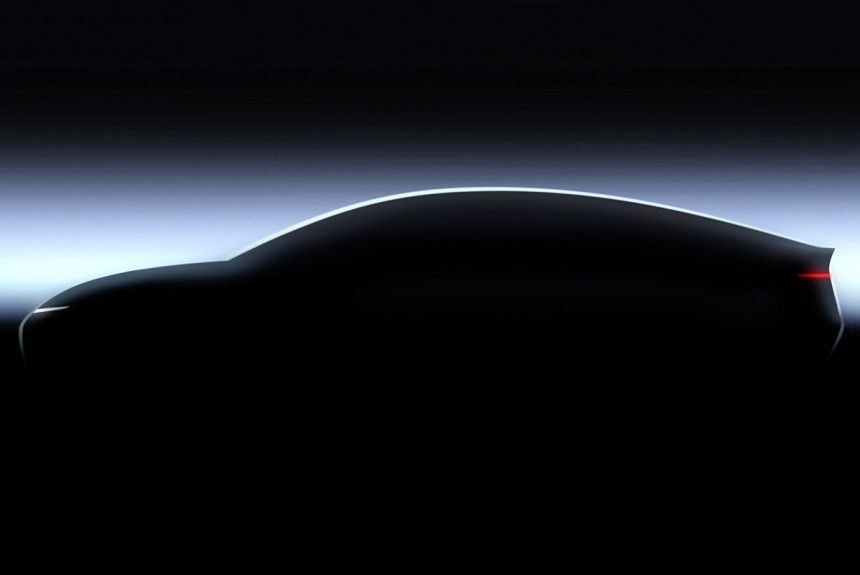
Lightyear One
The Lightyear One electric car from the Netherlands is a miracle of the modern world. It is equipped with solar panels. So far, it is the only car to be able to catch up with the EQS in terms of drag coefficient, 0.20 for both. It is equipped with as many as four electric motors (one in each wheel) and a set of batteries (their capacity is still unknown), allowing it to run about 725 km on a single charge. Rooftop solar panels help recharge batteries on the go. The start of production of the new model is scheduled for 2021. Over 100 units have already been pre-ordered.
Lucid Air
In the fall of 2020, Lucid Motors (USA) showed the Air electric sedan built on its own platform. The top-end Lucid Air Dream Edition is all-wheel drive, equipped with motors generating 1,080 hp and a 113 kWh battery. The car accelerates to 100 km/h in 2.5 seconds and can travel up to 832 km without recharging (which is more than the Tesla Model S Long Range Plus, which for a long time held the record among production electric cars with a drive range of 663 km). The maximum speed is 270 km/h. However, on the highway, a special version with the disabled speed limiter reached 376 km/h…
Nio ET7
It is hard to imagine the modern world without the ‘Chinese’. Now they are able to easily and naturally compete not only with all top smartphones, but also electric cars. Larger than the Tesla Model S and only slightly more compact than current executive sedans, the new Nio ET7 electric sedan features frameless doors and an outstanding 0.23 drag coefficient. The sedan is presented in a single twin-engine version with four-wheel drive. An electric motor with 245 hp is installed on the front axle, whereas the second motor with 408 hp is installed on the rear axle, generating a total of 653 hp. The manufacturer claims that such an electric car can accelerate to 100 km/h in 3.9 seconds. The top version will receive a 150 kilowatt-hour battery and will be able to travel more than 1,000 km without recharging! Even Tesla cannot offer anything like that yet. Nio promises to start producing such batteries only at the end of 2022. Therefore, it is not yet possible to check in practice whether this is true. If the declared drive range is indeed at least 1,000 km, then the ‘Chinese’ will surpass everyone.


